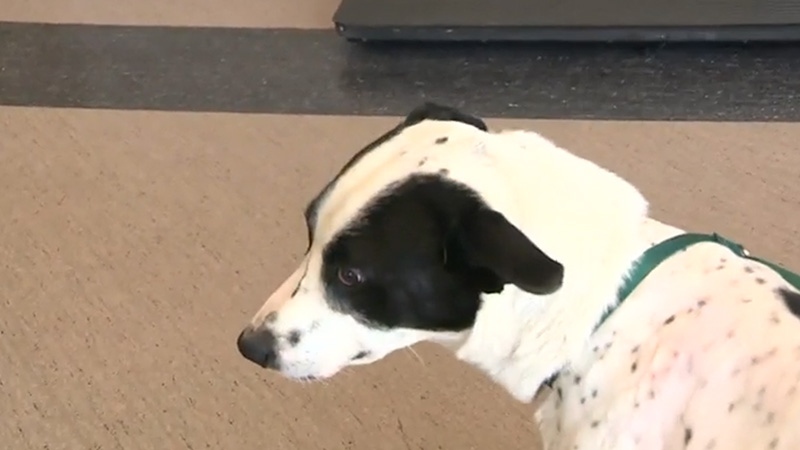Animal welfare organizations warn of animal overpopulation crisis in Manitoba

Animal welfare organizations are declaring a state of emergency due to animal overpopulation, and are calling for government support.
In an open letter, which was signed by 45 different organizations, the groups said the issue is increasing the risk of dog bites to humans, as well as the spread of diseases such as rabies.
Kareena Grywinski, from Feed the Furbabies Canada, said more resources are needed to assist animals in need.
“We need spay and neuter clinics, we need a mobile clinic. This is something we have to get out into the communities. And this is why we’re coming to our government for help,” said Grywinski.
The organizations also said more government support is essential for human-animal relations, especially in isolated communities.
“When you are scared from the dogs, you pass it on to your kids, and then people aren’t able to form bonds with these animals, and then they become pests. And that’s why culls are so easily brought up is because it is a form of pest control when they are deemed as family pets,” said Katie Powell from Save A Dog Network. “We want to try to increase that by education and resources and working with chief and councils and providing these people to be self-sustainable.”
The groups are now calling on the government to commit $2.5 million annually for spay and neuter programs, as well as money for food and supplies in isolated communities, and an action plan to address and restrict puppy mills and backyard breeding.
Meantime, in an email statement to CTV, Manitoba’s Agriculture Minister, Ron Kostyshyn, said, “The importance of safe communities, where animal populations and Manitoba families can safely interact is high priority for this government.”
He also noted it has committed to expanding mobile spay and neuter services, and is, “working in partnership with the Winnipeg Humane Society to deliver a veterinary outreach program to address animal health gaps and create opportunities for improved and accessible care in northern, remote and indigenous communities.”
View original article here Source









